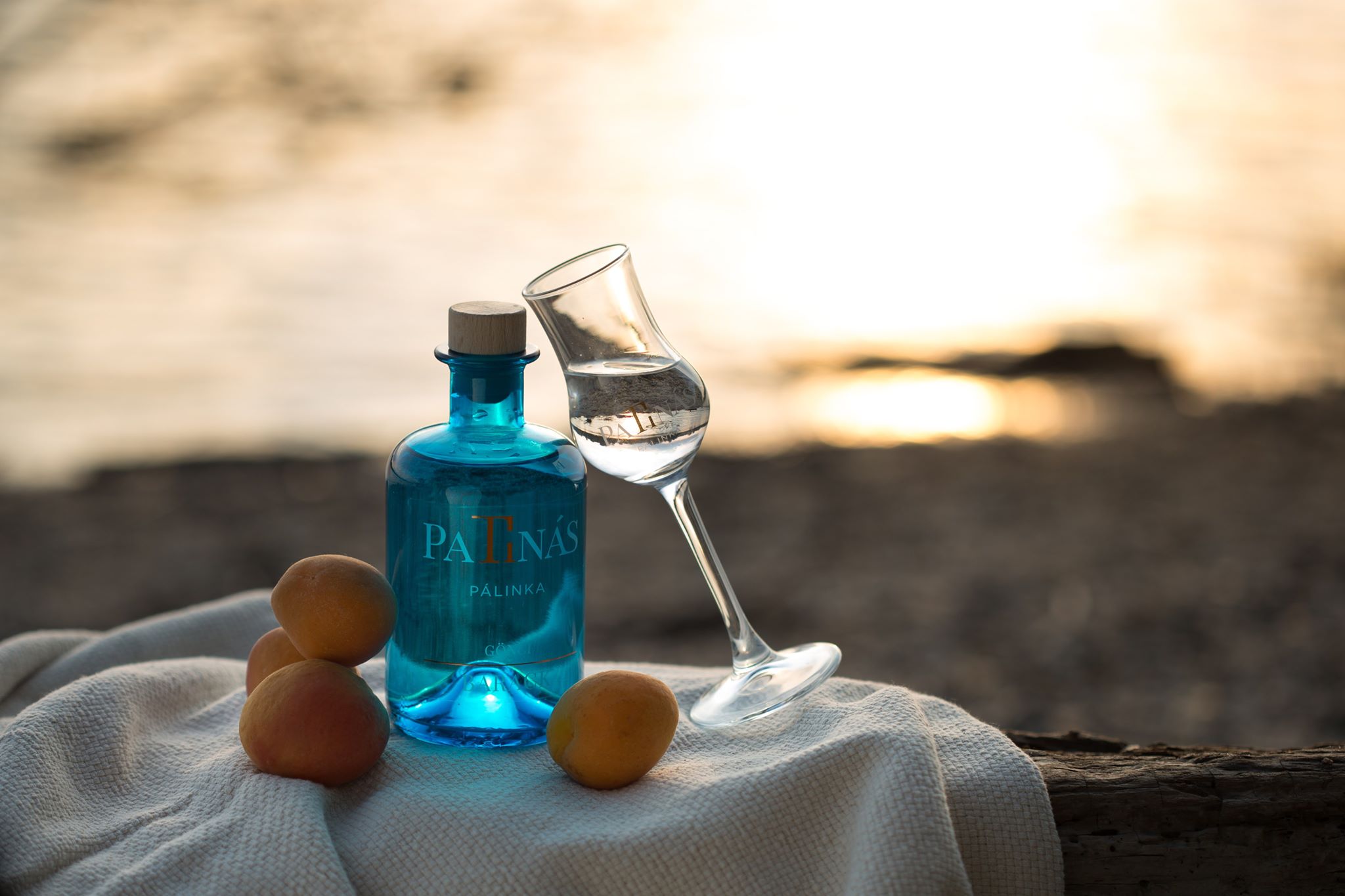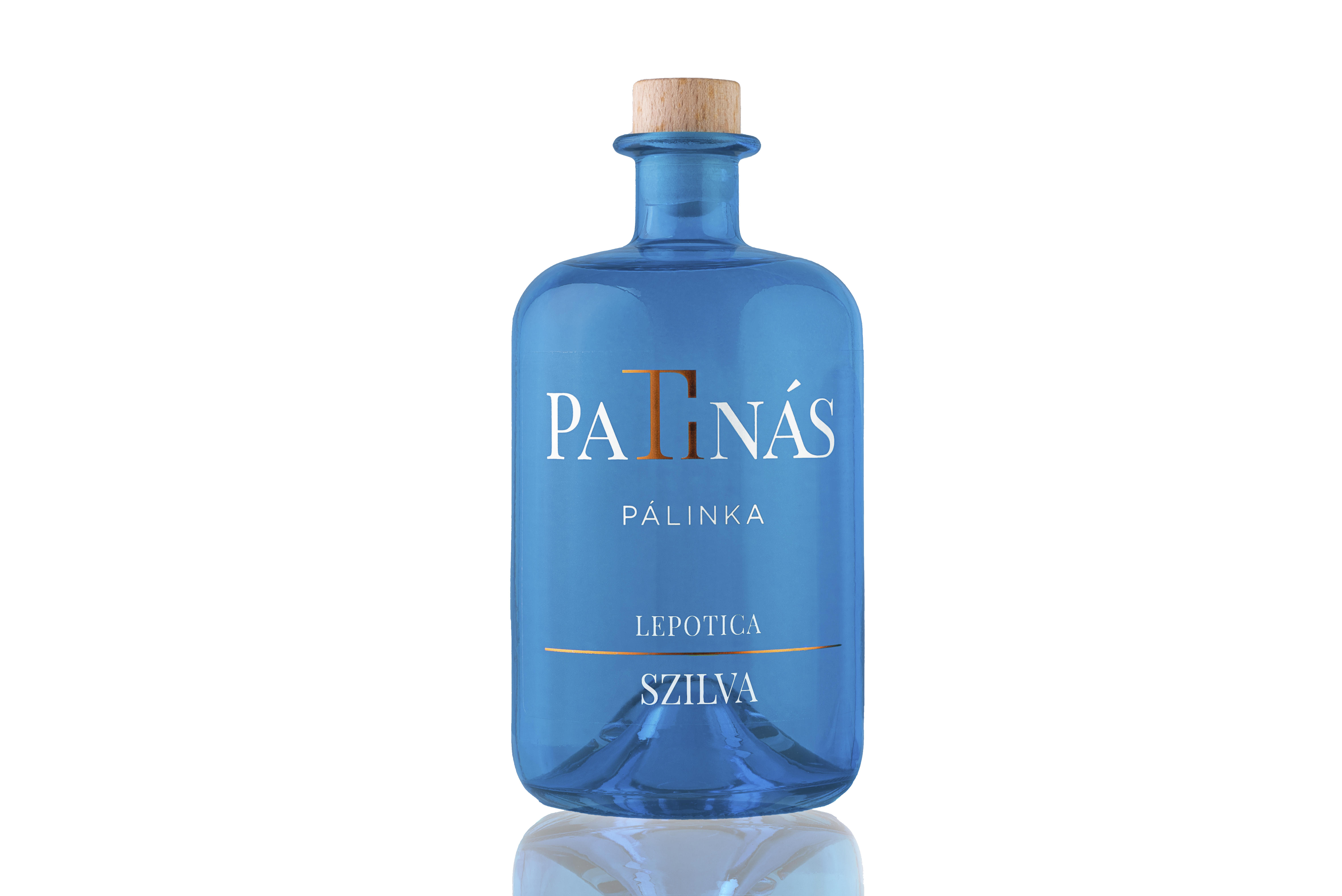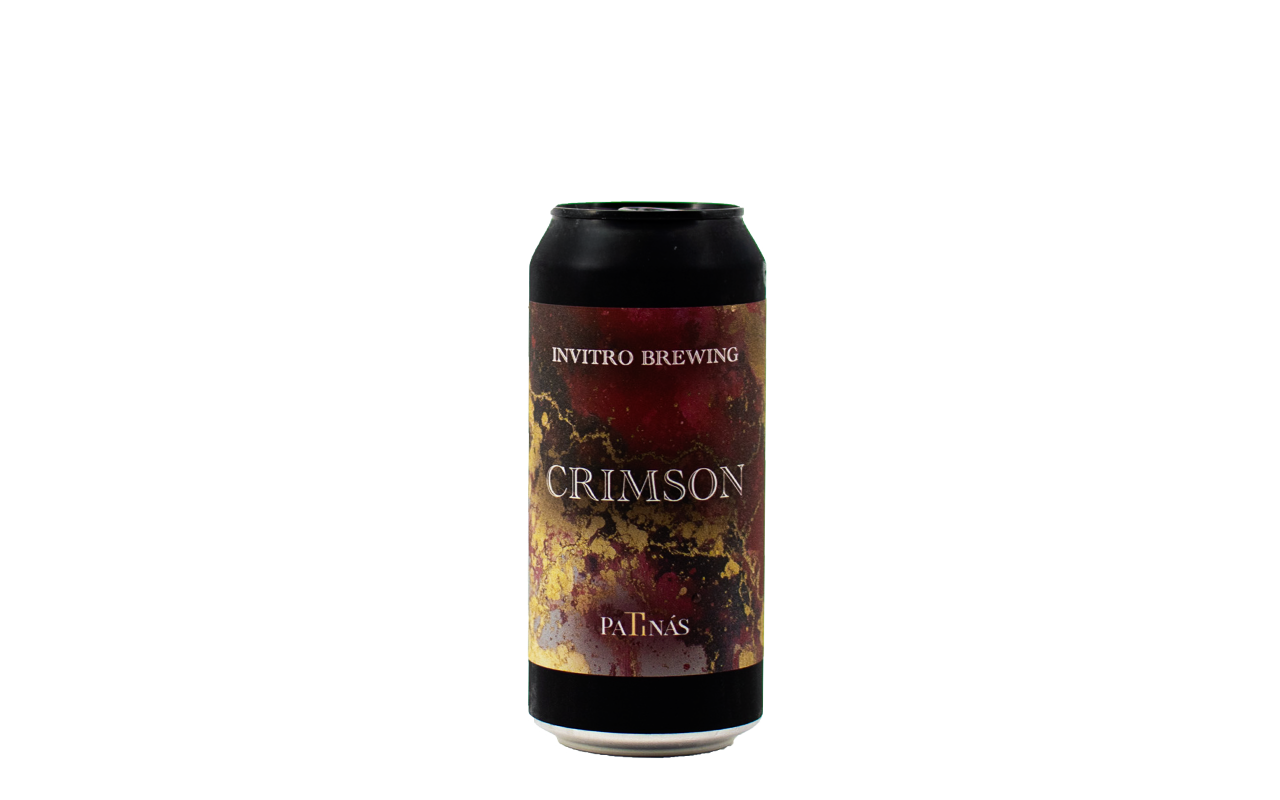Kosár
- No products in the cart.
Összesen:
0Ft
Legkeresetebb termékek
13,600Ft
12,700Ft








Szomolya Black Cherry has a sour, citrusy taste which is enhanced with notes of marzipan, dark chocolate, almonds and freshly shelled walnuts (freshly grated nuts) thanks to the special fermentation technology



The astringent aroma of these sour cherries is given by the pulp of the fruit while its bitterness is attributed to the peel. The taste is similar to its aroma with a mellow, woody spiciness which is elegantly complemented by hints of caramelized sugar and dried cherries.




The intense, spicy aroma of the Red Williams pear evokes the image of nectar spilling out of sun-ripened pears. The pronounced pear taste is accompanied by mild hints of sour green apples. It has a long finish with a strong pear flavour that gradually fades.



The waxy skin of the Lepotica plum imparts an inimitable aroma and taste while flavours of flower pollen, vanilla and plum jam also appear during the tasting process. The finish fades to reveal flavours reminiscent of green apples.



A kajszibarack illata intenzív, megjelenik benne a friss baracklé és a napérlelte aszalt barack. Ízében tükrözi illatát, amit fahéj és fanyar zöldalma íz kísér. Kóstolás után a barack intenzív ízvilága sokáig érezhető marad a szánkban.


The Irsai Oliver pálinka resembles the fragrant, fruity characteristic of the grape. Its scent is a mixture of citrus, vanilla and walnut- and raisin notes. In its taste, the perfumey characteristic of the Irsai grapes blends with hints of flower honey. Following a markedly aromatic crescendo, the flavour rapidly dissipates.




A Mezőtúri birs birssajtra emlékeztető fanyar, fűszeres illata csalogat kóstolásra. Kellemes citrusos ízekkel kezdhetjük az ízlelést, mely mélyebb, fűszeres jegyekkel egészül ki. Végül birssajtra jellemző édeskés íze közepesen hosszan marad meg a szánkban.




The waxy skin of the Lepotica plum imparts an inimitable aroma and taste while flavours of flower pollen, vanilla and plum jam also appear during the tasting process. The finish fades to reveal flavours reminiscent of green apples.








A patinás Pálinka elkötelezett a kulturált italfogyasztás mellett. Szeszesitalaink fogyasztását 18 éven aluliak számára nem ajánljuk.
vagy